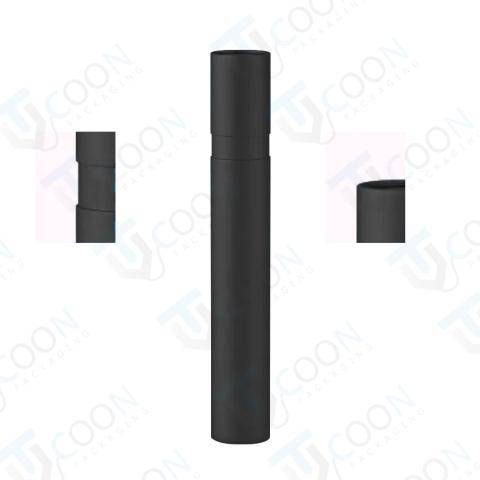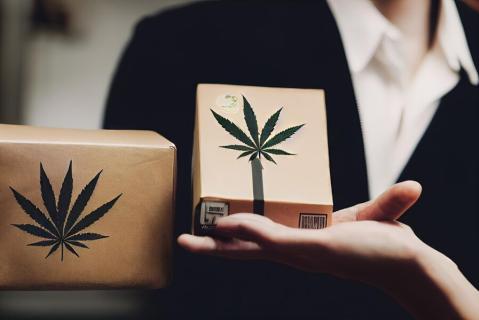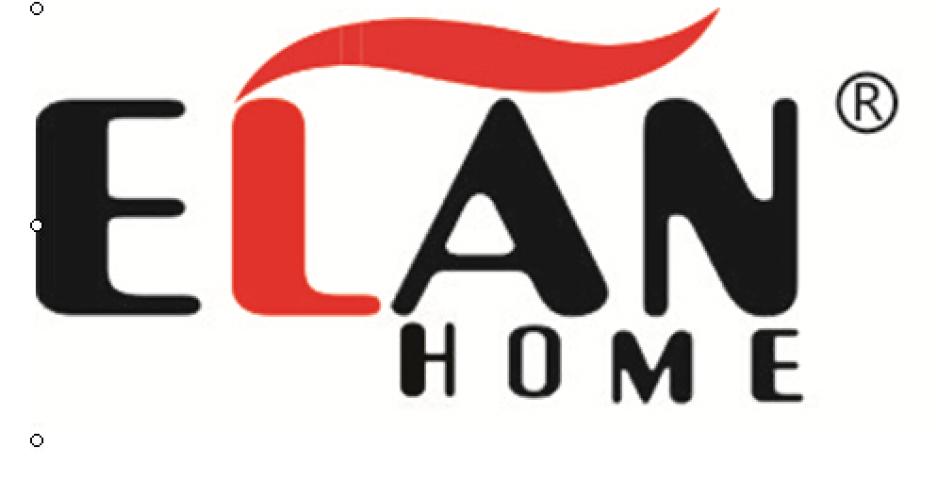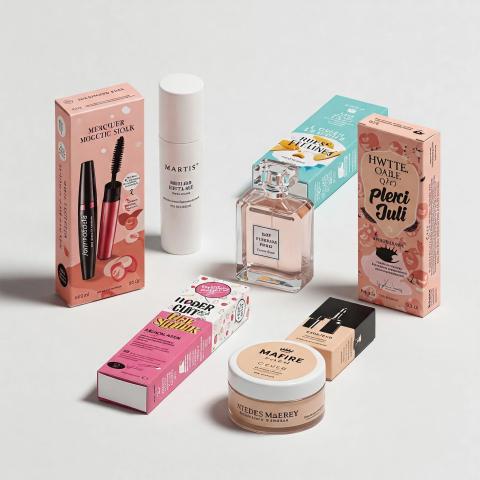
In recent years, the packaging industry has experienced a significant transformation, driven by increasing environmental
| Founded year: | 2000 |
| Country: | United States of America |
| Funding rounds: | Not set |
| Total funding amount: | $50 |
Description
Understanding Paper Tube PackagingPaper tube packaging consists of cylindrical tubes made primarily from paperboard or recycled paper materials. These tubes can vary in size and thickness, depending on their intended use, and can be designed to hold a wide range of products, from cosmetics and food items to industrial components. The design versatility of paper tubes allows brands to create unique packaging solutions that not only protect their products but also enhance their marketability.
Environmental Benefits
One of the most compelling reasons for the rise of paper tube packaging is its environmental advantages over traditional packaging materials, such as plastic and Styrofoam. Here are some key points highlighting its eco-friendliness:
Sustainable Materials: Paper tubes are typically made from renewable resources, primarily trees. Many manufacturers source their paper from responsibly managed forests, adhering to standards like the Forest Stewardship Council (FSC) certification, which ensures sustainable forestry practices.
Biodegradable: Unlike plastic, which can take hundreds of years to decompose, paper tubes are biodegradable and can break down naturally in a relatively short time frame. This significantly reduces the long-term environmental impact associated with packaging waste.
Recyclable: Paper tubes can be recycled, contributing to a circular economy. When disposed of correctly, they can be transformed into new paper products, minimizing waste and the demand for virgin materials.
Reduced Carbon Footprint: The production of paper tubes generally requires less energy compared to plastic manufacturing. Additionally, many paper tube manufacturers are adopting eco-friendly production practices, further reducing their carbon footprint.
Versatility and Design
Paper tube packaging is incredibly versatile, making it suitable for a variety of products across different industries. Its applications include:
Food Packaging: Paper tubes are increasingly being used for packaging snacks, candies, and other food items. They can be lined with a food-safe barrier to maintain freshness while remaining environmentally friendly.
Cosmetics and Personal Care: Many beauty brands have turned to paper tube packaging for products like lip balm, lotions, and deodorants. The aesthetic appeal of paper tubes, combined with their sustainability, resonates with eco-conscious consumers.
Consumer Goods: Brands in the consumer goods sector, such as candles and artisan products, utilize paper tubes to enhance their product presentation. The option for custom designs allows businesses to create eye-catching packaging that stands out on retail shelves.
Industrial Uses: Beyond consumer products, paper tubes are employed in various industrial applications, including shipping and storage. Their durability makes them suitable for protecting items during transportation.
Production Process
The production of paper tube packaging involves several steps, ensuring that the final product is both durable and visually appealing:
Material Sourcing: Quality paperboard is sourced, often from recycled materials or sustainably managed forests. This step is crucial for ensuring the eco-friendliness of the packaging.
Manufacturing: The paperboard is cut into sheets, which are then wound into cylindrical shapes. Adhesives are used to bond the edges, creating a secure structure. Depending on the design, the tubes may be lined with additional materials for strength or moisture resistance.
Printing and Finishing: Custom printing can be applied to enhance branding. Techniques like flexographic printing or digital printing allow for high-quality designs that attract consumers. Additional finishing options, such as laminating or embossing, can further elevate the product's aesthetic.
Quality Control: Rigorous quality control processes ensure that the paper tubes meet safety standards and are free from defects. This step is essential, especially for food and cosmetic packaging.
Challenges in Paper Tube Packaging
While paper tube packaging offers numerous advantages, it also faces challenges that manufacturers and brands must navigate:
Cost Considerations: Although prices for paper materials are becoming more competitive, paper tube packaging can still be more expensive than traditional plastic options. Brands must balance sustainability with cost-effectiveness to make the switch.
Durability: Depending on the product being packaged, paper tubes may not always provide the same level of protection as plastic alternatives. Manufacturers are continuously innovating to enhance the durability and moisture resistance of paper tubes.
Consumer Education: As with any sustainable product, consumer education is key. Brands must communicate the benefits of paper tube packaging to ensure customers understand its environmental advantages over conventional materials.
Future Prospects
The future of paper tube packaging appears promising, driven by growing consumer demand for sustainable solutions. Brands are increasingly recognizing the importance of aligning their packaging choices with their sustainability goals. Here are some trends and potential developments in the industry:
Innovation in Materials: Research and development efforts are focused on creating even more sustainable paper materials, such as plant-based coatings and biodegradable barriers, to enhance the functionality of paper tubes.
Customization and Personalization: As e-commerce continues to grow, the demand for customized packaging solutions is on the rise. Paper tubes can be tailored to fit specific products and enhance brand identity, making them an attractive choice for businesses.
Circular Economy Initiatives: As more companies commit to reducing their environmental impact, we may see an increase in take-back programs and recycling initiatives specifically for paper tube packaging.
Regulatory Support: With governments around the world pushing for reduced plastic use, policies may further encourage the adoption of paper-based packaging solutions, providing incentives for brands to make the switch.
Conclusion
Paper tube packaging represents a forward-thinking approach to sustainable packaging. Its numerous environmental benefits, versatility, and appealing design make it an attractive option for brands seeking to reduce their ecological footprint. While challenges exist, the industry's commitment to innovation and sustainability suggests a bright future for paper tube packaging as it continues to carve out its place in the evolving landscape of responsible consumer goods.
Instagram: https://www.instagram.com/tycoonpackaging/






